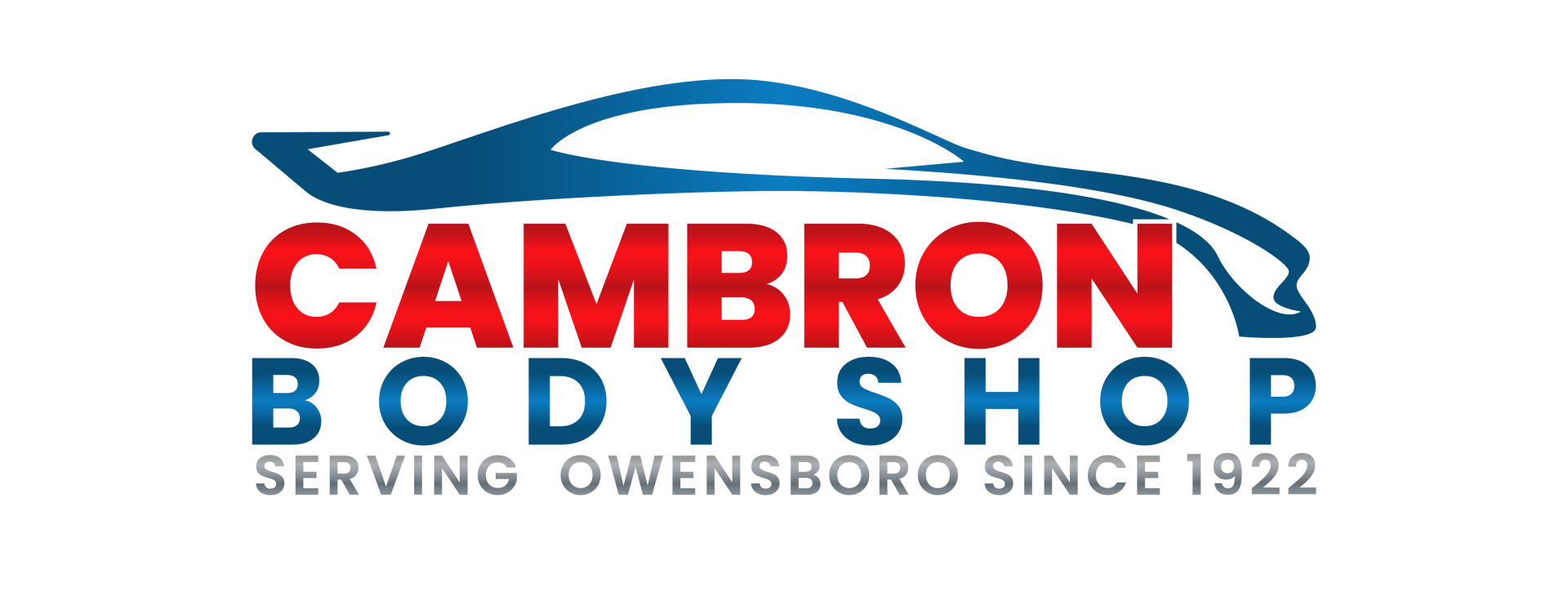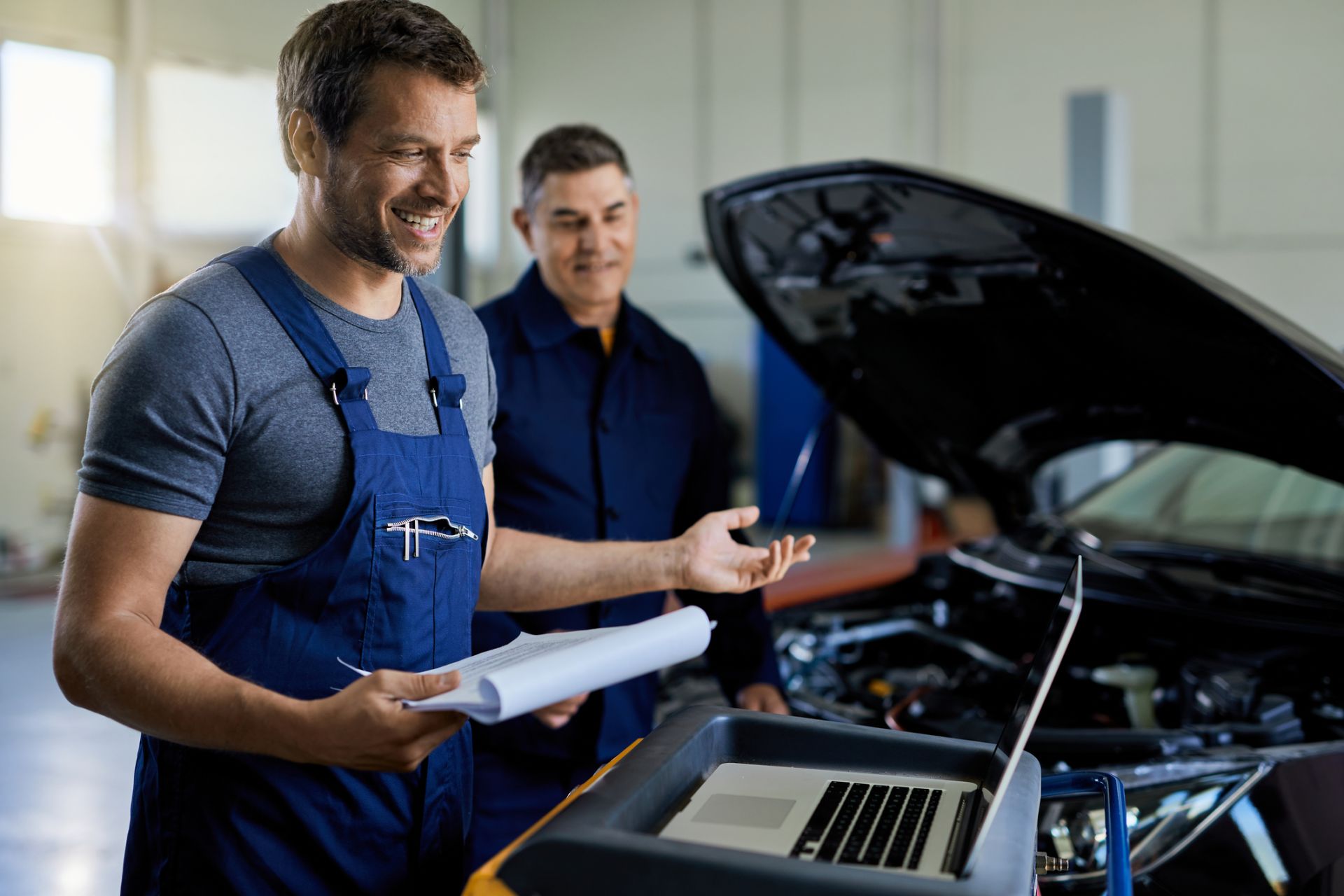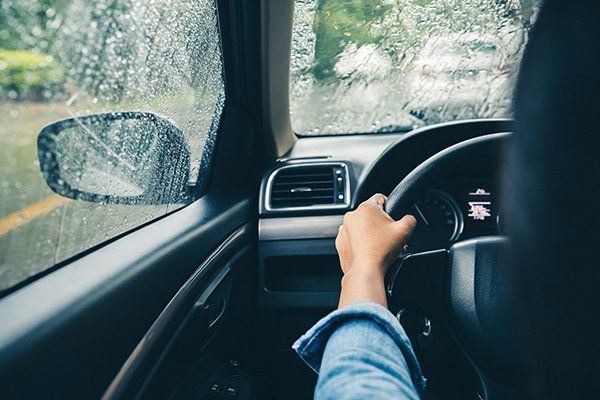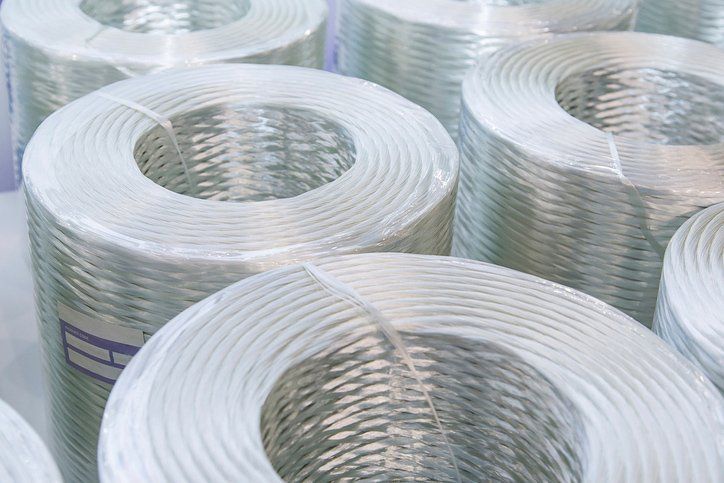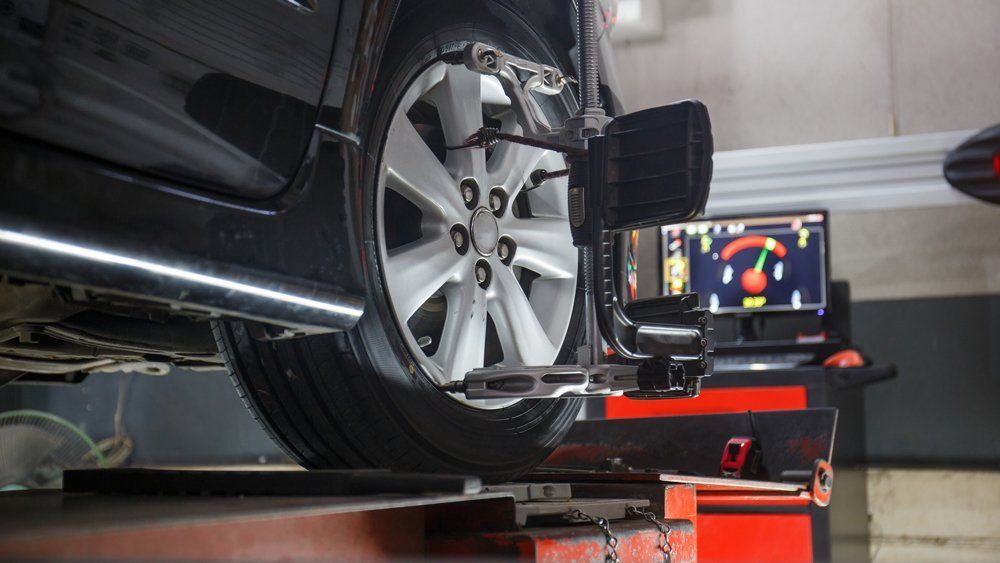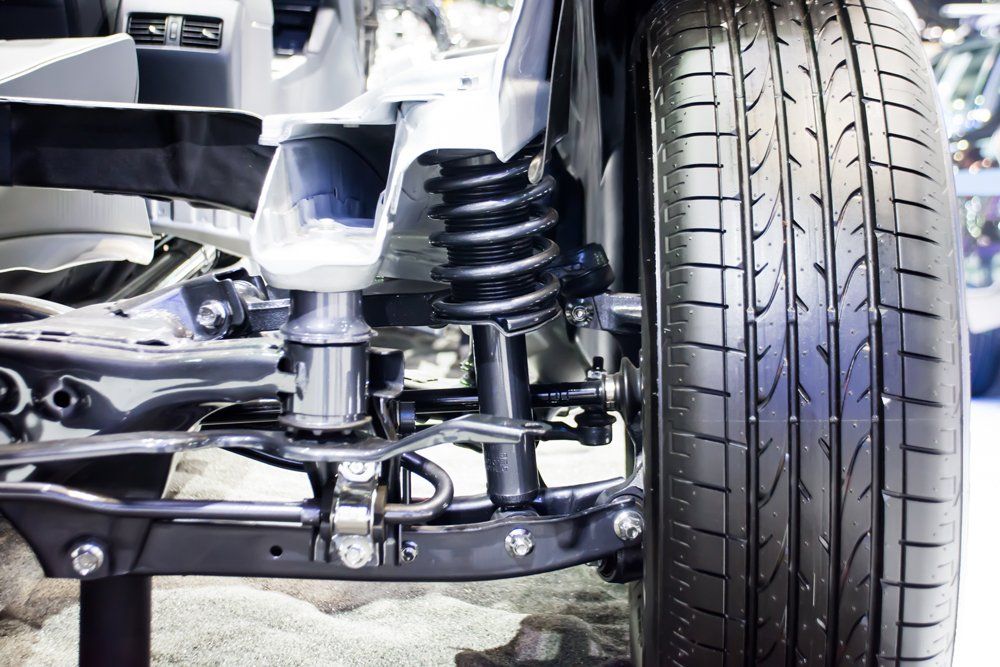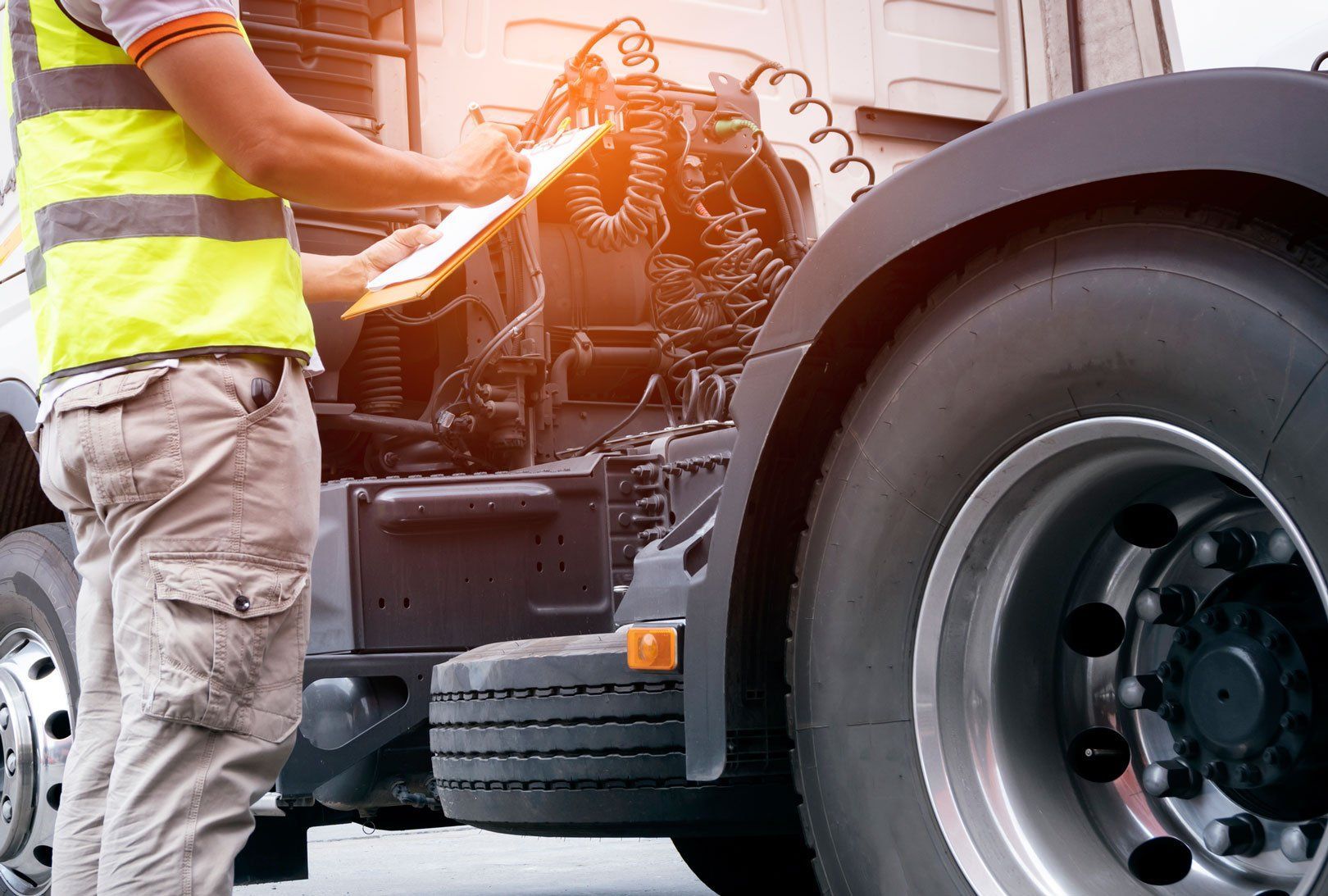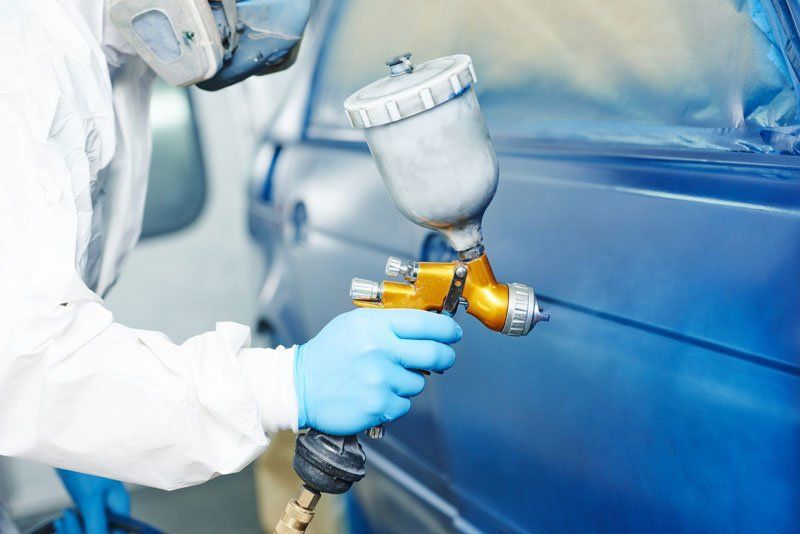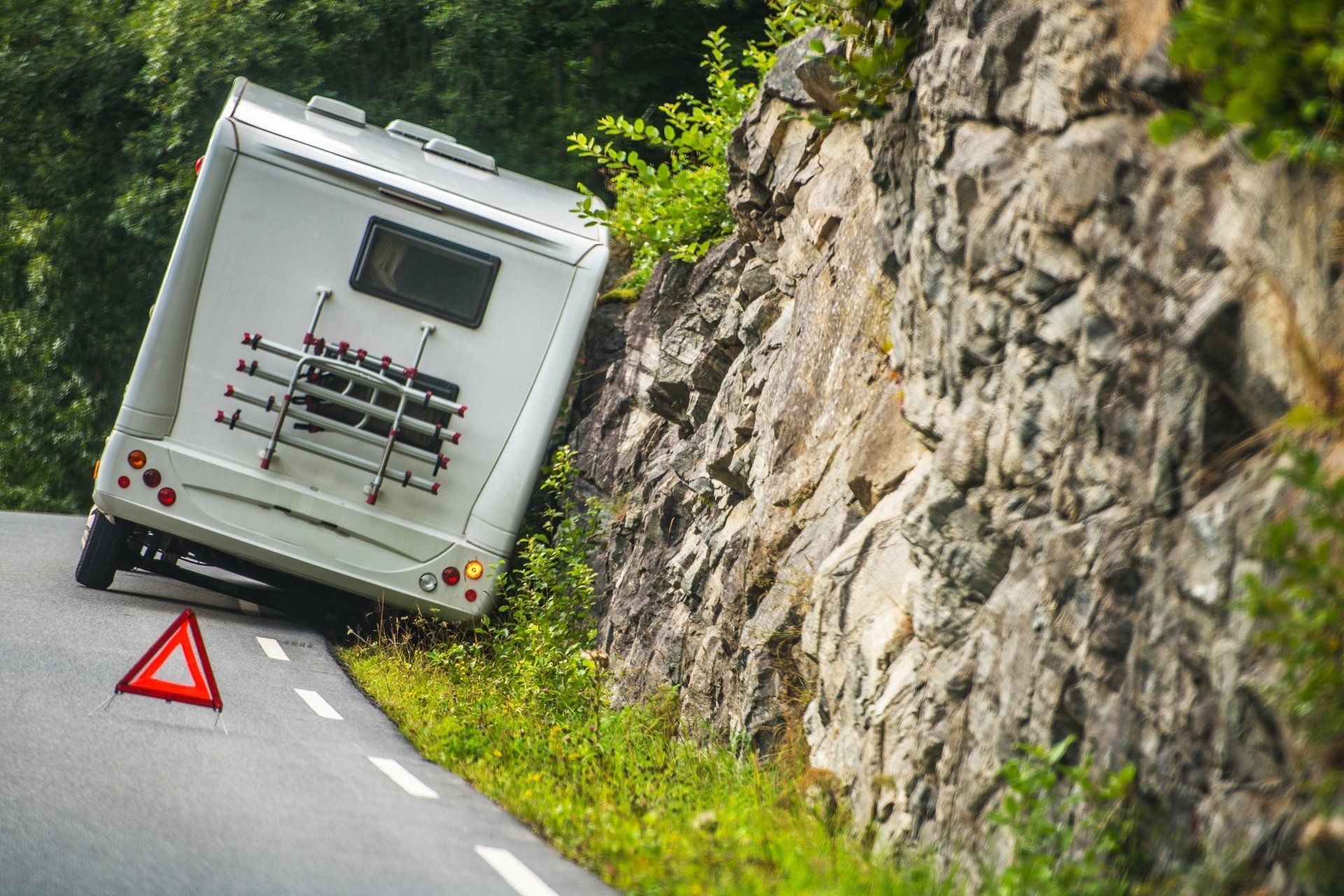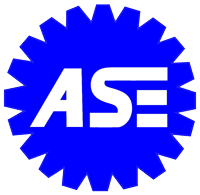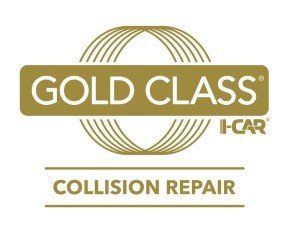DEMYSTIFYING AUTO BODY REPAIRS AND VEHICLE MAINTENANCE
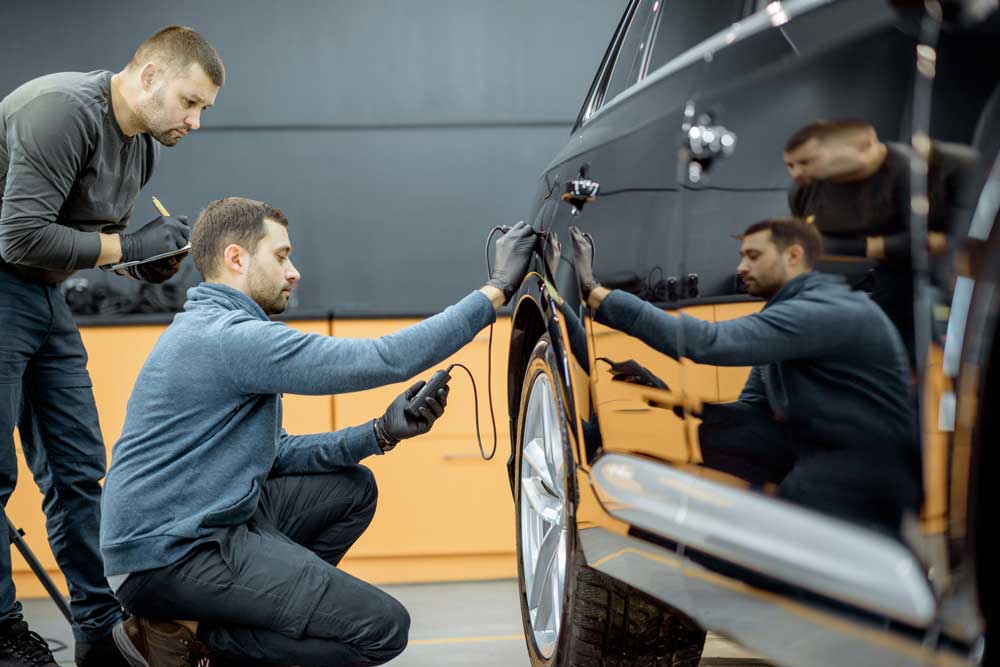
Damage to your car can affect its value and performance. It doesn't matter whether your car has suffered minor or major damages; it's crucial to fix these damages if you want to maintain the safety of your car. Keep reading to learn more about some of the most common auto body repairs and maintenance procedures.
Dent Removal
Collisions with other cars or objects or neglectful drivers and pedestrians can cause dents. These dents can significantly affect the exterior of your vehicle and even ruin the paint job.
Dents in your doors or body panels can cause expensive paint damage. Some dent repair jobs involve repainting the affected area. Other dents can be removed without repainting your car. Make sure you take your car in for dent repairs in order to avoid rust or corrosion and to maintain the functionality of your car in areas like the hood, trunk, and door.
Paint Jobs
Another common auto maintenance procedure is a paint job. The two common signs that your car needs a paint job are fading and scratching. When your vehicle starts to fade, the clear coat starts to break down. This happens when the paint begins to thin and lose its brilliance. When you notice fading, take your car in for a fresh paint job to restore the appeal of your car.
Another common reason to go for a paint job is when you notice scratches on your car. Minor scratches can occur when you wash your car with the wrong cleaning supplies, another car comes in close contact with yours and scrapes the side, you drive too close to objects like tree branches, or negligent pedestrians scratch your car's exterior by rubbing against it. Surface scratching can be easily fixed by a paint correction.
Deep scratches can arise after an accident. If left untreated, these scratches can lead to oxidation, which can eventually result in rusting. If a scratch cuts into the paint, it can be difficult to repair. Make sure you consult your auto mechanic for a paint job before it leads to expensive repairs.
Tire Repairs
The most common repairs for a flat tire are plugging and patching, or a combination of both approaches. When plugging a flat tire, a piece of leather coated with a rubber adhesive is pushed into the hole. The adhesive then forms a permanent seal. This repair job is performed without removing the tire.
For tires with irregularly shaped holes, the best type of repair is patching. A tire patch is glued inside the tire. The adhesive forms a seal while you're driving. With patching, the mechanic will have to remove the tire. Many technicians recommend a combination repair as the best way to repair a punctured tire.
Spark Plug Replacement
Spark plugs are essential for a well-operating engine. These plugs endure automotive extremes. However, over time, spark plugs wear out due to high temperatures and the number of times they're tapped to help activate the engine.
It's important to change spark plugs for your vehicle to operate efficiently. Many car makers recommend replacing spark plugs at 30,000-mile intervals. It's advisable to follow directions on spark plug service intervals indicated in the owner's manual. If you're not sure when to change spark plugs, pull them off and check the gap and their condition. Some of the signs of bad spark plugs include hard starting, rough idling, poor fuel economy, and bad performance.
Part of owning a car is getting used to performing auto body repairs and maintenance. The next time you take your car for repairs, make sure you enlist us to provide high-quality services. Cambron Body Shop is your number one auto repair shop for all types of car repairs. We also offer round the clock towing services in case you face car trouble during the odd hours of the night. Contact us today for more information about our car repair services.
